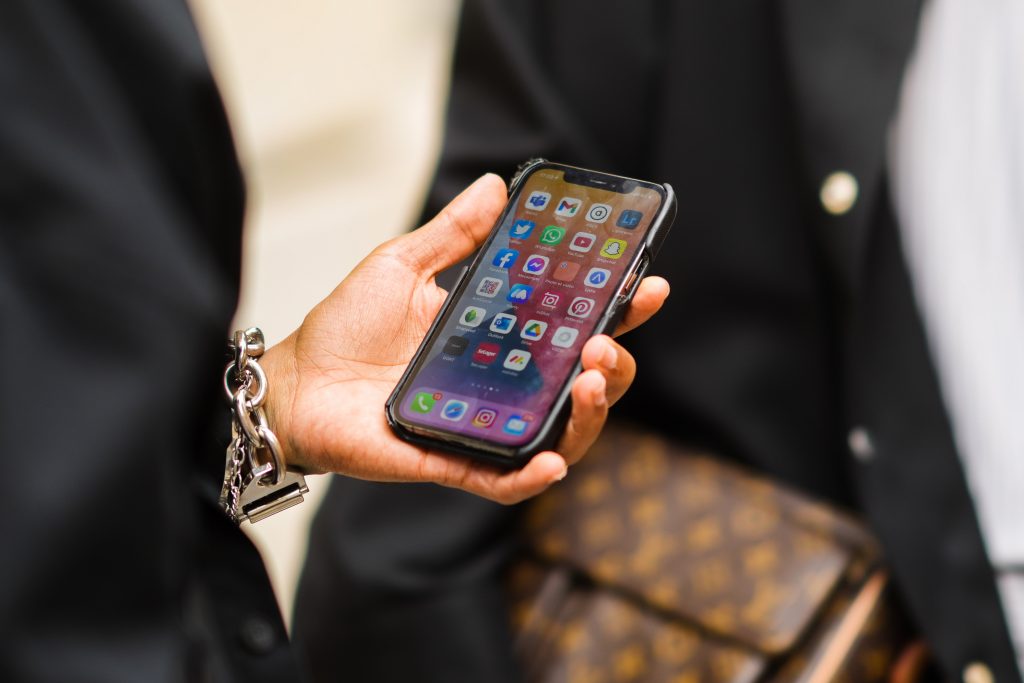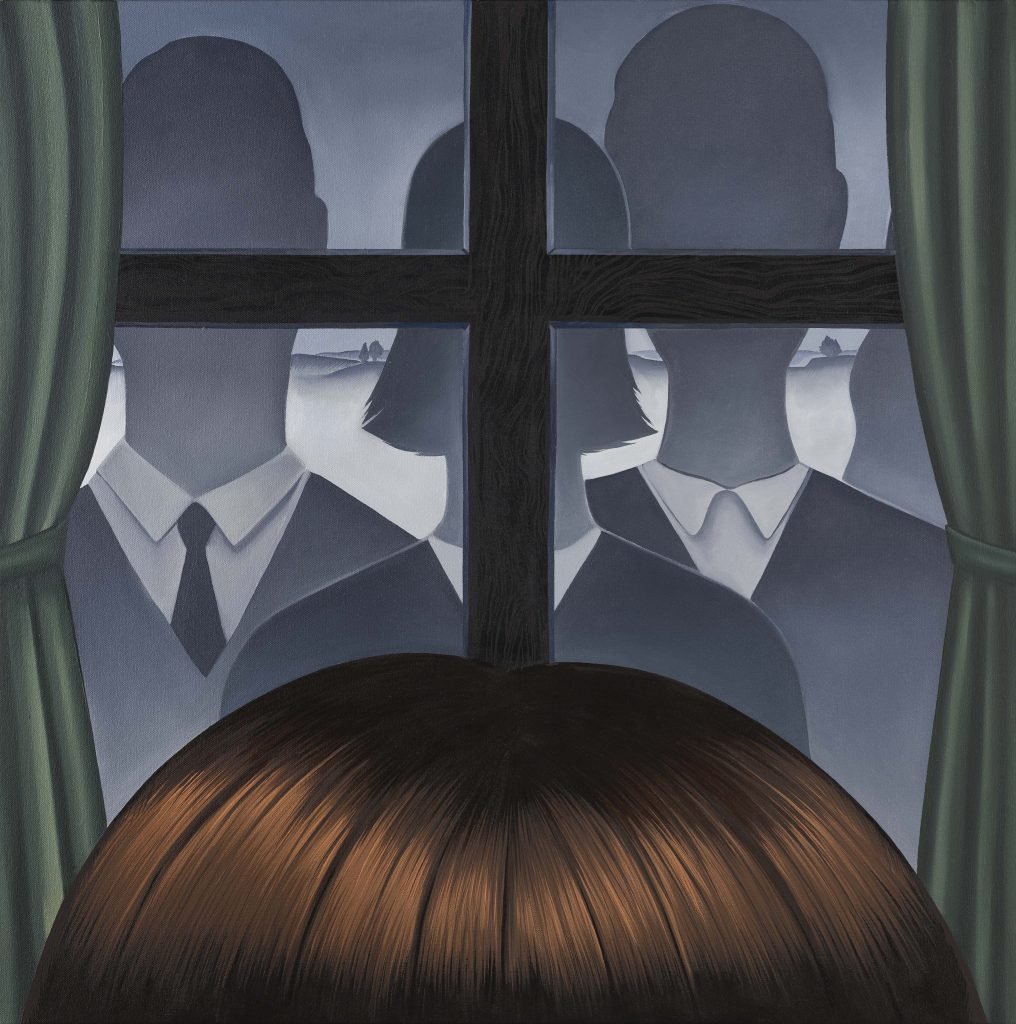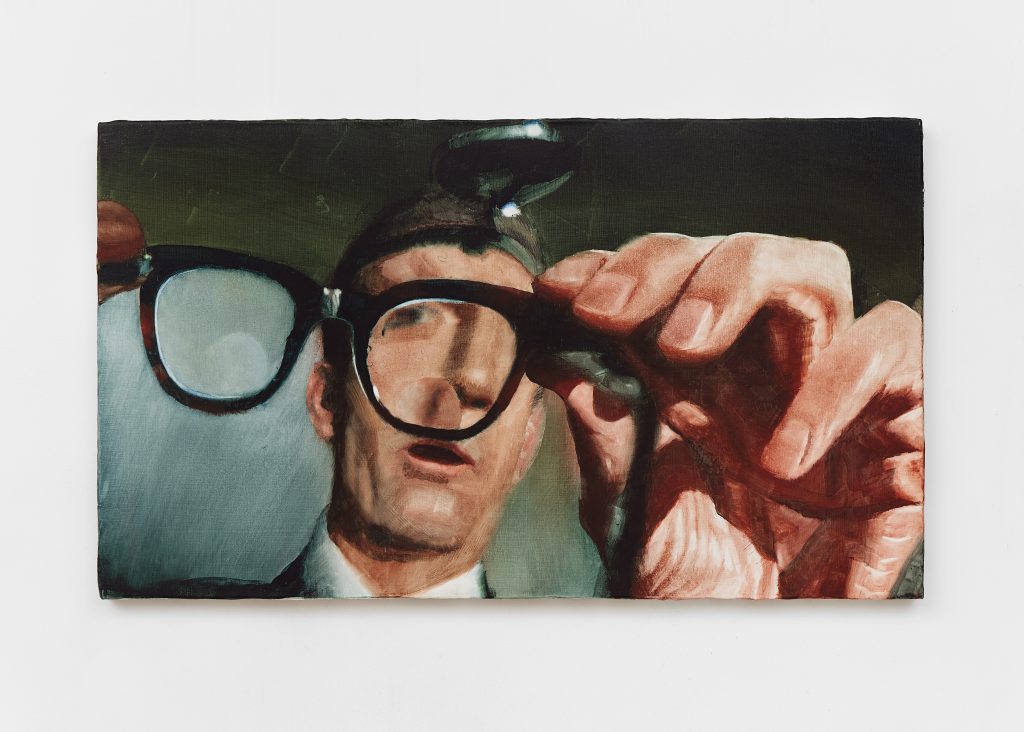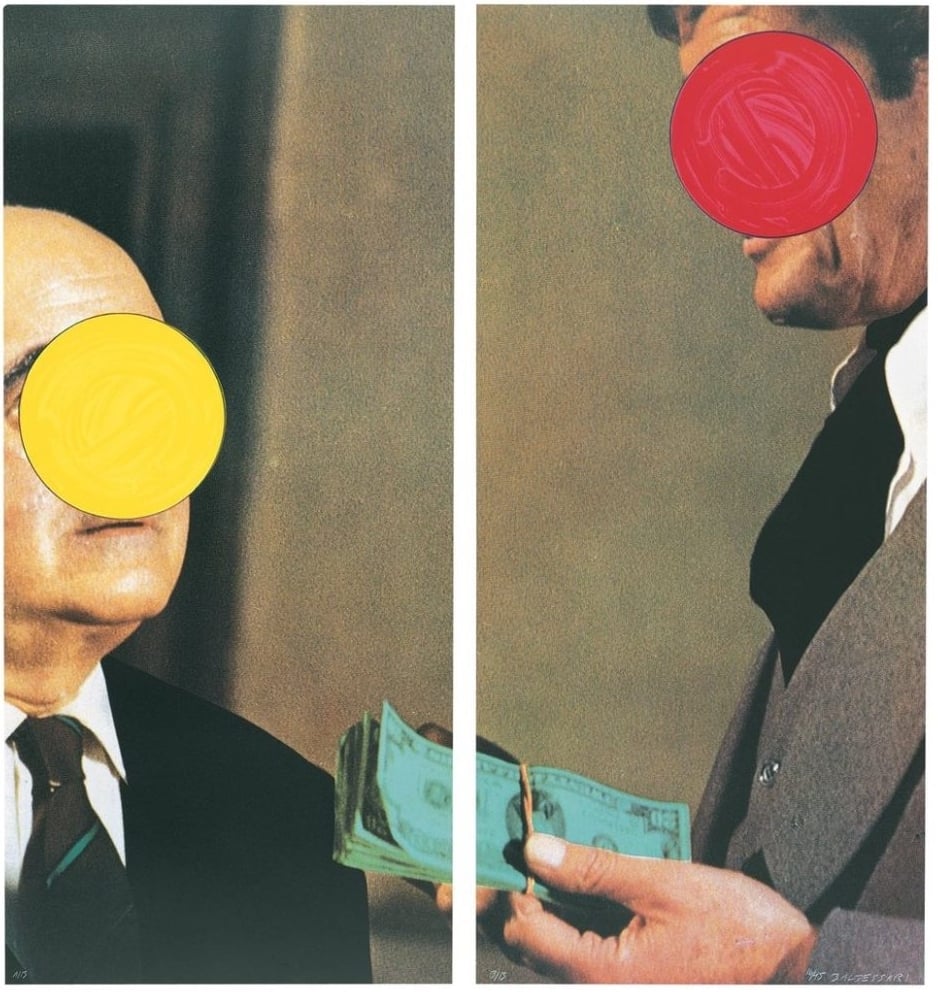Summary:
-
In order to accurately assess the secondary market’s temperature, the sector will have to wait until the London auctions in March and the New York auctions in May.
-
Because there is a low barrier to entry, the number of Gmail art advisors has increased.
-
Elizabeth Szancer, Ronald Lauder’s longtime advisor, is considered the industry’s gold standard.
-
Curators and merchants have traditionally served as advisors.
-
Retainers were common in the past, but a recent internal survey of APAA members found that commission-based compensation based on purchase price has become more popular recently.
Wendy Cromwell didn’t want to be dubbed a consultant when she first started advising individuals on purchasing art in 2002 because that term at the time had a negative connotation. She thus referred to herself as an art advisor.
After twenty years, Cromwell has mixed feelings about the designation.
She stated this week, “Now, I don’t want to be considered an art advisor because the name is so polluted by bad actors.
We’ve all heard the tales: When the market heats up, a new group of consultants shows up with the aim of quickly generating outsized gains. They suck off the same popular up-and-coming musicians, pushing their prices into the millions of dollars, because they are highly transactional and lack integrity. The galleries compensate them with kickbacks for referring customers who also make payments to them. Because they know people who know people who own the paintings and can profit from their sale, no matter how tiny, they are glad to secretly sell the pieces without the galleries being made aware. (Unlike runners from prior eras, these people use Gmail and social media to communicate.) They go by several names, including “10-percenters” and “Gmail art advisors.”

Legitimate transactions are complicated by an inflow of “Gmail art advisors.” Picture via Getty Images/Edward Berthelot.
Todd Levin, a seasoned advisor whose clients have included former hedge-fund manager Adam Sender and actor Leonardo DiCaprio, predicted that many people who printed out “art advisor” business cards during the previous couple of years, when things were more frothy, would vanish back into the woodwork and never be heard from again. It resembles a parallel ecology that develops when the market becomes robust. Once the bubble pops, they appear as a chimaera and vanish as one.
Some modern artists’ bubbles might be popping right before our eyes. Most of January has been quiet. “A return to quality” is a term that starts to be used, and to me, it always sounds like a code word for a market that is transitioning. In order to accurately assess the secondary market’s temperature, the sector will have to wait until the London auctions in March and the New York auctions in May. As my colleague Eileen Kinsella wrote last week, sales of Old Masters in New York have performed remarkably well.
Since the epidemic, there have been an increasing number of new art advisors as well as art consumers. Numerous people enter the system first because they are young, just out of college, and related to an art dealer or collector (also known as nepo babies). They don’t necessarily care about art and are rather transactional. People frequently use hyphenated terms, such as “an advisor-dealer.”

The whispers, Julie Curtiss (2020). the creator. Prudence Cuming Associates Ltd. is pictured. Thanks to White Cube.
They resemble shapeshifters, according to Levin. They’ll choose whichever format works best for their desire to transact.
While problematic actors’ names are passed around by galleries, Gmail art advisors are typically not included because they are unknown individuals.
Allegra LaViola, a gallery owner who often receives emails asking for “accessible art” from art consultants she’s never heard of, stated that “they emerge out of the blue and frequently vanish into the mist.” “They frequently request your well-known musicians, which is obviously impossible when it comes from nowhere. They occasionally send out these general emails. They frequently keep the identities of their collectors a secret.
A collector with a similar speculative attitude tends to be drawn to this type of advisor, which fosters a mutually beneficial connection that may be motivated more by necessity than by any other factor.
A truly skilled collector “wouldn’t be working with a type of advisor,” claimed Levin. And a knowledgeable advisor will find that kind of a collector very soon. You won’t waste time with them, I promise.
Expert advisors are aware that it may be just as difficult—and perhaps more so—to acquire a $20,000 piece of art as it is a $2 million one due to access restrictions for popular artists. They are also aware that indiscriminate purchasing results in collections whose worth could decrease by 90% the moment the pieces leave the gallery.
Because there is a low barrier to entry, the number of Gmail art advisors has increased.
“Anyone could print up a business card that says ‘art advisor,’ unlike being a stockbroker, which requires a rigorous process to get professionally certified,” claimed Alex Glauber, whose early professional experience was acquiring and then liquidating art from the Neuberger Berman and Lehman Brothers corporate collections.
Because there are too many people with money who want to spend it and are looking for guidance, he explained, “any time that there is a buoyant and frothy market, especially one that’s filled with new collectors and a lot of heat around young artists, you get several people who participate as intermediaries and sort of masquerade as advisors.”
Particularly when working with the primary market, access is crucial. Because of this, novice collectors could be drawn to people who claim to have connections with galleries.
Consider it a form of tourism, with art buyers serving as tourists and these experts as their guides. A young, astute collector told me that they would “take you to the market, where they have the carpet merchant who is a pal or a brother or anything, and they’ll sell you all those carpets.” Every client has the same collection, which consists primarily of works by the same five painters that the art advisor advocates.

Joseph Yaeger: Practice of sanctity as a hobby! (2022). Project Native Informant, a London-based art collective, and the artist.
There is a method for identifying both good and bad actors. For instance, the Association of Professional Art Advisors now has 151 certified members worldwide, up from 111 in 2013, and both curators and consultants can join its ranks. Elizabeth Szancer, Ronald Lauder’s longtime advisor, is considered the industry’s gold standard. She helped organise the exhibition of the collection’s 500+ items, which is on display at the Neue Galerie through March 20. It’s a rare opportunity for the general public to see the millionaire co-founder and president of the museum, whose tastes vary from modern art to mediaeval armour. Members include Levin, Cromwell, and Glauber.
Since becoming an art advisor entails much more than merely purchasing a piece of art or showing someone around an art market, having such a background might be useful.
Glauber remarked that if you’re a collector in New York, you presumably buy from galleries and fairs and deal with a lot of overseas shipments and administrative difficulties that you definitely don’t want to deal with. And it is yet another important duty of a competent art advisor.
Other duties include informing clients, guiding their vision, determining provenance, and evaluating the state of the artwork. Curators and merchants have traditionally served as advisors. Leon Black received advice from former MoMA chief curator of painting and sculpture William Rubin. Paul Allen received numerous priceless gems from art dealer David Nash.
As more people started making investments in art, the ranks of art advisors started to grow. In addition to groups like the APAA, there are already international organisations like AIG, co-established by auction dynamo Amy Cappellazzo, and Schwartzman &, formed by her former partner Allan Schwartzman, who counsels both collectors and artists’ foundations. Along with additional services, The Fine Art Group and its rival The Winston Art Group provide guidance on purchases, financing, and deaccessioning.

courtesy of Gemini G.E.L., John Baldessari, Money (with Space Between) (1991).
Different amounts are paid. Retainers were common in the past, but a recent internal survey of APAA members found that commission-based compensation based on purchase price has become more popular recently. The norm is 10%, but experts noted that it may go to 20% for lower-value works or decrease significantly at the trophy level.
According to Megan Fox Kelly, the organization’s president, keeping inventory and receiving undisclosed commissions from a gallery are both prohibited behaviour for APAA members. The secret, according to her, is to always work in the best interests of a customer and maintain the highest level of transparency.
The protracted legal struggle fought by Russian billionaire Dmitry Rybolovlev, who asserts that he payed Yves Bouvier, the Swiss shipping and freeport mogul, $1 billion in fees for procuring 38 works of art for him over a decade in his capacity as an advisor, serves as a cautionary tale.
The field is murky, which is precisely why newcomers rush in during frothy times but leave fast during sober ones.
A collector who does side business claimed, “It’s incredibly hard to make money.” “With these kids, they don’t understand it. Attending Art Basel or a White Cube dinner is simple to arrange for and easy to get going. Then they encounter the incorrect individual. The incorrect individual flips the artwork. then boom. What do they do next? Real estate, I suppose. They’ll attempt to sell condos as their next move.

